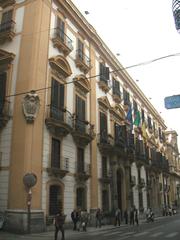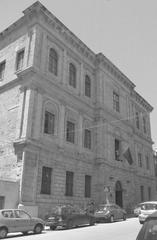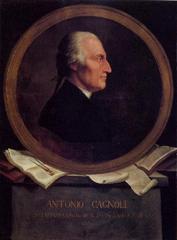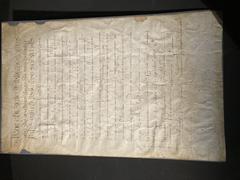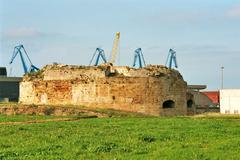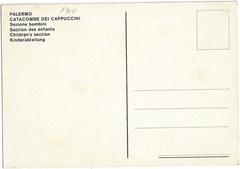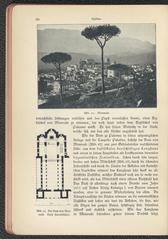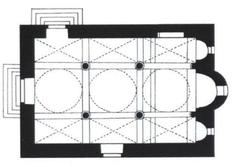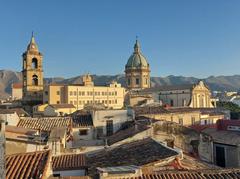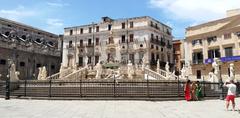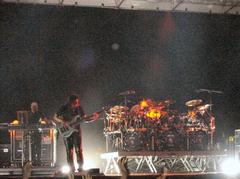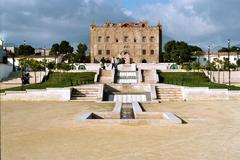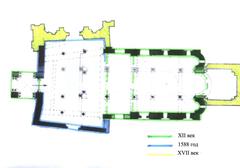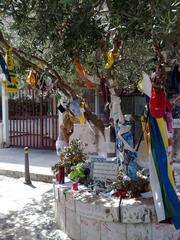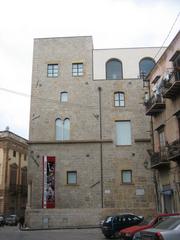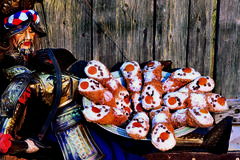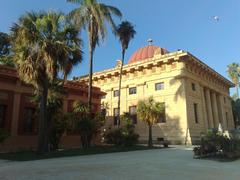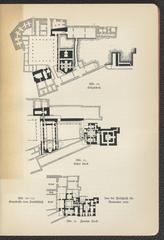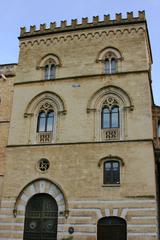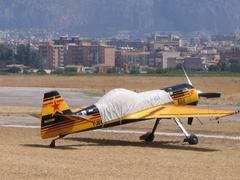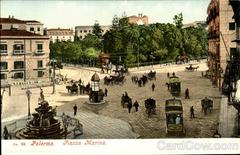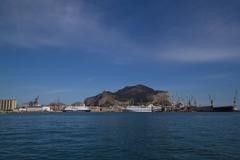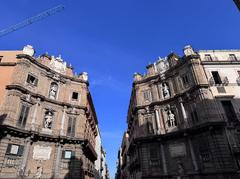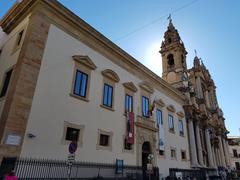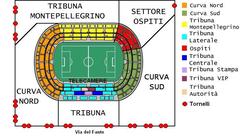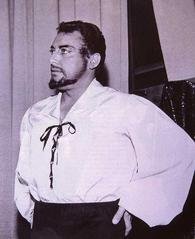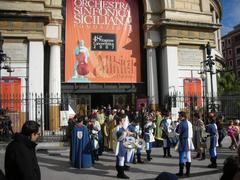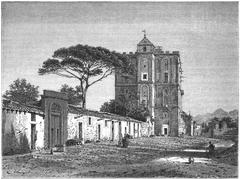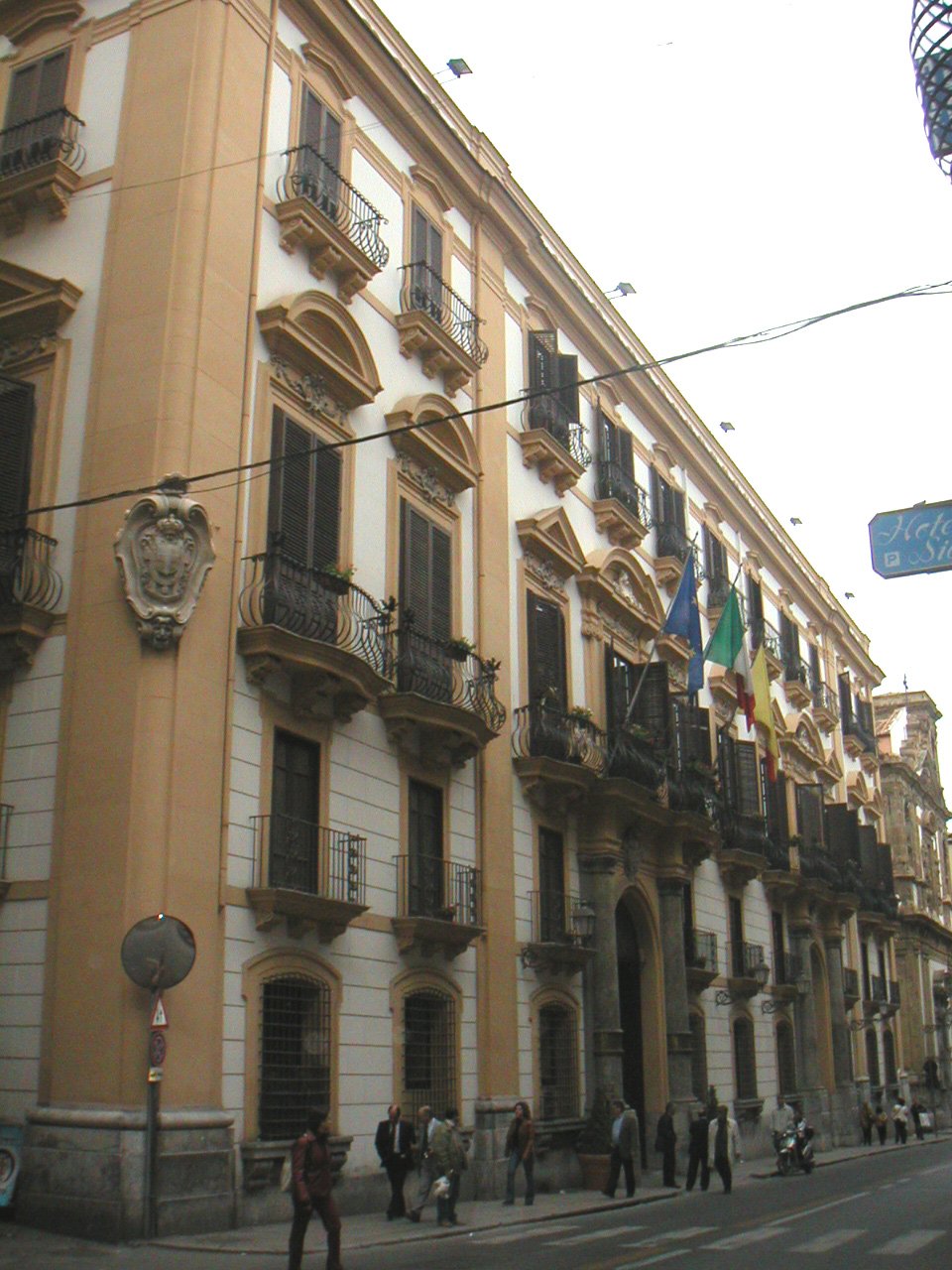
Visiting Via Maqueda: Complete Guide to Palermo’s Historic Street
Date: 19/07/2024
Introduction
Via Maqueda is one of the most vibrant and historically significant streets in Palermo, Italy. Established in the late 16th century by the Spanish Viceroy Bernardino de Cárdenas y Portugal, Duke of Maqueda, this thoroughfare was designed to modernize and enhance Palermo’s urban landscape. It intersects with the ancient Cassaro, now known as Via Vittorio Emanuele, forming the Quattro Canti, a symbolic and architectural focal point of the city (Palermo Tourism). The street is renowned for its Baroque architecture, with notable landmarks such as the Palazzo Comitini and the Church of San Giuseppe dei Teatini, reflecting the grandeur of the period (Sicily Art and Culture). Over the centuries, Via Maqueda has evolved, becoming a hub for the city’s bourgeoisie in the 19th century and continuing to blend historical significance with modern developments into the 20th century (Teatro Massimo). Today, Via Maqueda is pedestrianized, transforming it into a bustling destination for shopping, dining, and cultural activities, making it a microcosm of Palermo’s rich history and dynamic present (Palermo Today).
Table of Contents
- [Origins and Early Development](#origins-and-early-developmentorigins-and-early-development)
- [Architectural Significance](#architectural-significancearchitectural-significance)
- [The Quattro Canti](#the-quattro-cantithe-quattro-canti)
- [Evolution Through the Centuries](#evolution-through-the-centuriesevolution-through-the-centuries)
- [Modern-Day Via Maqueda](#modern-day-via-maquedamodern-day-via-maqueda)
- [Visitor Information](#visitor-informationvisitor-information)
- [Cultural and Social Impact](#cultural-and-social-impactcultural-and-social-impact)
- [Preservation and Challenges](#preservation-and-challengespreservation-and-challenges)
- [Best Time to Visit](#best-time-to-visitbest-time-to-visit)
- [Getting There](#getting-theregetting-there)
- [Walking and Exploring](#walking-and-exploringwalking-and-exploring)
- [Shopping and Dining](#shopping-and-diningshopping-and-dining)
- [Safety and Etiquette](#safety-and-etiquettesafety-and-etiquette)
- [Accessibility](#accessibilityaccessibility)
- [Nearby Attractions](#nearby-attractionsnearby-attractions)
- [Practical Information](#practical-informationpractical-information)
- [FAQ](#faqfaq)
Origins and Early Development
Via Maqueda, one of Palermo’s most significant streets, was established in the late 16th century. Named after Bernardino de Cárdenas y Portugal, the Duke of Maqueda and Spanish Viceroy of Sicily from 1598 to 1601, the creation of Via Maqueda was part of a broader urban planning initiative aimed at modernizing Palermo and enhancing its status as a prominent Mediterranean city. Designed to intersect with the ancient Cassaro (now Via Vittorio Emanuele), it forms the Quattro Canti, a symbolic and architectural focal point of the city (Palermo Tourism).
Architectural Significance
Via Maqueda is renowned for its Baroque architecture, which flourished during the Spanish rule in Sicily. The street is lined with numerous palaces, churches, and other significant buildings that reflect the grandeur of the Baroque period. Notable examples include the Palazzo Comitini, built in the early 18th century, now serving as the seat of the Metropolitan City of Palermo, and the Church of San Giuseppe dei Teatini, a Baroque masterpiece with a richly decorated interior and impressive dome (Sicily Art and Culture).
The Quattro Canti
The Quattro Canti, also known as Piazza Vigliena, is a Baroque square located at the intersection of Via Maqueda and Via Vittorio Emanuele. This octagonal piazza is considered the heart of Palermo and is a prime example of urban planning from the Spanish period. Each corner features a three-tiered façade adorned with statues representing the four seasons, the four Spanish kings of Sicily, and the four patron saints of Palermo. It serves as both a central point for navigation and a historical and cultural landmark (Palermo History).
Evolution Through the Centuries
Over the centuries, Via Maqueda has undergone various transformations, reflecting the changing political and social dynamics of Palermo. In the 19th century, it became a hub for the city’s bourgeoisie, with numerous cafes, theaters, and shops opening along its length. The Teatro Massimo, one of the largest opera houses in Europe, was inaugurated in 1897 and remains a cultural icon of Palermo. The street’s evolution continued into the 20th century, with modern developments blending with the historical fabric of the area (Teatro Massimo).
Modern-Day Via Maqueda
Recently, Via Maqueda has been pedestrianized, transforming it into a vibrant and bustling thoroughfare that attracts both locals and tourists. This revitalization has made it a popular destination for shopping, dining, and cultural activities. The street now hosts a mix of traditional Sicilian shops, international brands, and various restaurants and cafes offering local and international cuisine. This blend of old and new makes Via Maqueda a microcosm of Palermo’s rich history and dynamic present (Palermo Today).
Visitor Information
- Visiting Hours: Via Maqueda is accessible 24/7, but the best time to visit is during the day when shops and cafes are open.
- Tickets: While access to the street is free, certain attractions like the Teatro Massimo may require tickets.
- Guided Tours: Numerous guided tours are available, offering insights into the street’s history and architecture.
- Nearby Attractions: Don’t miss the Teatro Massimo, Quattro Canti, and the Church of San Giuseppe dei Teatini. The nearby Ballarò Market is also worth a visit.
Cultural and Social Impact
Via Maqueda is more than just a street; it is a cultural and social artery of Palermo. The street hosts numerous events and festivals throughout the year, celebrating the city’s heritage and contemporary culture. One of the most notable events is the Feast of Santa Rosalia, Palermo’s patron saint, which includes a grand procession through Via Maqueda. The street also plays a significant role during the annual Palermo Pride parade, reflecting its importance as a space for social and cultural expression (Santa Rosalia Feast).
Preservation and Challenges
Preserving the historical and architectural integrity of Via Maqueda is an ongoing challenge. Efforts have been made to restore and maintain the street’s historic buildings, many of which have suffered from neglect and environmental damage over the years. Organizations like the UNESCO World Heritage Centre are involved in conservation projects to protect Palermo’s historic center, including Via Maqueda. These efforts are crucial in ensuring that future generations can continue to experience and appreciate the rich history of this iconic street (UNESCO).
Best Time to Visit
The best time to visit Via Maqueda largely depends on your preferences for weather and crowd levels. The peak tourist season is during the summer months of June to August, when the weather is warm and sunny, but this also means larger crowds and higher prices. For a more relaxed experience, consider visiting in the shoulder seasons of spring (April to June) or fall (September to October). During these times, the weather is still pleasant, and the crowds are thinner, allowing for a more enjoyable stroll down Via Maqueda.
Getting There
Via Maqueda is centrally located in Palermo, making it easily accessible by various modes of transportation. If you are arriving by plane, Palermo Falcone-Borsellino Airport is approximately 35 kilometers away. From the airport, you can take a taxi, which costs around €35-€45, or opt for the cheaper option of the Prestia e Comandè bus service, which costs about €6 and drops you off at the Palermo Centrale railway station, a short walk from Via Maqueda.
For those already in Palermo, the city’s public transportation system, including buses and trams, provides convenient access to Via Maqueda. The AMAT bus lines 101, 102, and 104 all have stops near the street. Additionally, the Palermo Centrale railway station is just a few minutes’ walk away, making it easy for visitors traveling by train to reach Via Maqueda.
Walking and Exploring
Via Maqueda is a pedestrian-friendly street, making it ideal for leisurely walks and exploration. The street stretches for approximately 1.5 kilometers, starting from the Quattro Canti and ending at the Teatro Massimo. As you stroll down Via Maqueda, you’ll encounter a mix of historic buildings, shops, cafes, and street performers, creating a vibrant and lively atmosphere.
To fully appreciate the architectural beauty and historical significance of Via Maqueda, consider joining a guided walking tour. These tours often provide insightful commentary on the street’s history, notable landmarks, and hidden gems that you might otherwise miss. Alternatively, you can explore at your own pace, using a map or a mobile app to guide you.
Shopping and Dining
Via Maqueda is a shopper’s paradise, offering a wide range of stores, from high-end boutiques to local artisan shops. Whether you’re looking for designer clothing, handmade jewelry, or unique souvenirs, you’ll find plenty of options along the street. Be sure to visit the Mercato di Ballarò, a bustling market located just off Via Maqueda, where you can shop for fresh produce, local delicacies, and traditional Sicilian products.
When it comes to dining, Via Maqueda boasts an array of restaurants, cafes, and street food vendors, catering to all tastes and budgets. For a taste of authentic Sicilian cuisine, try dishes like arancini (fried rice balls), panelle (chickpea fritters), and cannoli (sweet pastry filled with ricotta cheese). Many restaurants also offer outdoor seating, allowing you to enjoy your meal while soaking in the lively atmosphere of Via Maqueda.
Safety and Etiquette
Palermo is generally a safe city for tourists, but it’s always wise to take basic precautions to ensure a pleasant visit. Keep an eye on your belongings, especially in crowded areas, to avoid pickpocketing. It’s also a good idea to carry a copy of your passport and important documents, leaving the originals in a safe place at your accommodation.
When exploring Via Maqueda, be mindful of local customs and etiquette. Sicilians are known for their warm hospitality, and a friendly greeting in Italian, such as “Buongiorno” (Good morning) or “Buonasera” (Good evening), is always appreciated. Dress modestly when visiting religious sites, and be respectful of local traditions and practices.
Accessibility
Via Maqueda is relatively flat and well-paved, making it accessible for visitors with mobility issues. Many of the shops, restaurants, and attractions along the street have ramps or are at street level, ensuring easy access for wheelchair users and those with strollers. However, it’s worth noting that some of the historic buildings and smaller shops may have steps or narrow entrances, so it’s advisable to check in advance if you have specific accessibility needs.
Nearby Attractions
While Via Maqueda itself offers plenty to see and do, there are several nearby attractions that are worth exploring:
- Quattro Canti: Also known as Piazza Vigliena, this Baroque square features beautifully decorated facades, representing the four seasons, the four Spanish kings of Sicily, and the four patron saints of Palermo.
- Teatro Massimo: Located at the northern end of Via Maqueda, this grand opera house, completed in 1897, is renowned for its impressive architecture and world-class performances. Guided tours of the theater are available.
- Palazzo dei Normanni: Also known as the Royal Palace of Palermo, this historic palace is home to the stunning Palatine Chapel, adorned with intricate mosaics and gold leaf decorations. Located just a short walk from Via Maqueda.
Practical Information
- Currency: The official currency in Italy is the Euro (€). Credit cards are widely accepted, but it’s always a good idea to carry some cash for smaller purchases and tips.
- Language: Italian is the official language, but English is commonly spoken in tourist areas. Learning a few basic Italian phrases can enhance your experience and help you connect with locals.
- Opening Hours: Shops and restaurants along Via Maqueda typically open around 9:00 AM and close around 8:00 PM, with some businesses taking a midday break (siesta) from 1:00 PM to 4:00 PM. It’s advisable to check specific opening hours in advance, especially for smaller shops and attractions.
- Weather: Palermo enjoys a Mediterranean climate, with hot summers and mild winters. During the summer months, temperatures can reach up to 30°C (86°F), so be sure to stay hydrated and wear sunscreen. In the winter, temperatures average around 15°C (59°F), making it a pleasant time to explore the city.
FAQ
- What are the best times to visit Via Maqueda? The best times are during the shoulder seasons of spring (April to June) and fall (September to October) for pleasant weather and thinner crowds.
- Are there any guided tours available in Via Maqueda? Yes, guided walking tours are available and offer insightful commentary on the street’s history, landmarks, and hidden gems.
- How can I get to Via Maqueda from Palermo Airport? You can take a taxi costing around €35-€45, or the Prestia e Comandè bus service for about €6, which drops you off at the Palermo Centrale railway station nearby.
- What are some must-visit attractions near Via Maqueda? The Quattro Canti, Teatro Massimo, and Palazzo dei Normanni are all nearby and worth visiting.
Conclusion
Via Maqueda stands as a testament to Palermo’s rich and diverse history. From its origins in the late 16th century to its current status as a vibrant pedestrian street, Via Maqueda encapsulates the architectural, cultural, and social evolution of Palermo. Its Baroque buildings, historical landmarks, and modern amenities make it a must-visit destination for anyone exploring the city. The street not only offers a glimpse into the past with its historic buildings and landmarks but also showcases the dynamic present with its bustling markets, shops, and restaurants. Events and festivals, such as the Feast of Santa Rosalia and Palermo Pride, highlight its role as a cultural and social artery of the city (Santa Rosalia Feast). Preservation efforts, supported by organizations like UNESCO, are crucial in maintaining its historical integrity and ensuring that future generations can continue to experience and appreciate this iconic street (UNESCO). Whether you are a history enthusiast, a cultural explorer, or simply a visitor looking to enjoy the vibrant atmosphere, Via Maqueda offers a rich blend of experiences that reflect the heart and soul of Palermo.
References
- Palermo Tourism. (n.d.). Retrieved from Palermo Tourism
- Sicily Art and Culture. (n.d.). Retrieved from Sicily Art and Culture
- Teatro Massimo. (n.d.). Retrieved from Teatro Massimo
- Palermo Today. (n.d.). Retrieved from Palermo Today
- Santa Rosalia Feast. (n.d.). Retrieved from Santa Rosalia Feast
- UNESCO. (n.d.). Retrieved from UNESCO
